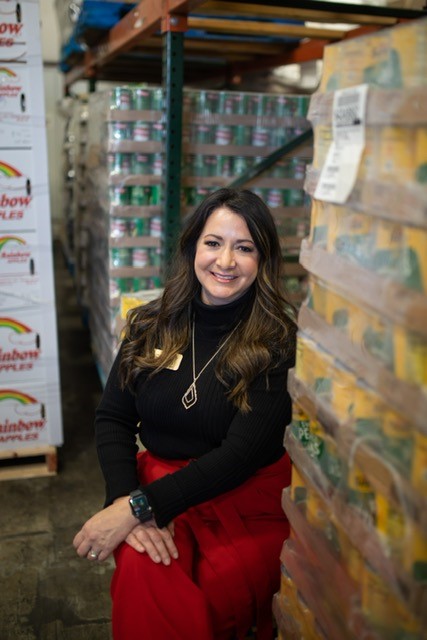Camille Wrinkle is the CEO and executive director at the Harvest Regional Food Bank in Texarkana. Through her leadership and experience with Arkansas Community Foundation, the organization is meeting people’s need for food now but investing in future needs too.
The food bank serves a 10-county area and has provided 4.5 million meals in the last year. “We have some of the highest number of children living in poverty in the state,” said Wrinkle. “One in four individuals that we serve is under 18 so we need a robust childhood hunger program. We provide weekend food through our Backpack Food for Kids program on 40 campuses, and we’ve started several school pantries for older students – the pantry helps meet the student’s needs, and that of their family.”

There is no indication that the food desert problem in the area will go away any time soon, so the food bank made the decision to create an organizational endowment at the Community Foundation. With their Harvest Texarkana Endowment, they supplement funding for a variety of programs including a mobile pantry and food for seniors.
“We had a small fund with the Foundation for several years and realized that it was a smart investment based on the rate of returns,” said Wrinkle. “We were looking at CDs and other investments, and we realized that increasing the endowment was the smartest move. It ensures more money in the long term.
“I think a lot of people understand the broad strokes of how a food bank works, but what they may not understand is HOW we do it and what investments are required to be sustainable,” she said. “For example, we maintain a mobile fleet of refrigerated trucks for food distribution, but we also invest in partner agencies and make equipment grants, like commercial grade freezers and refrigerators, shelving and food storage.”
A native to the area, Wrinkle sees her work at Harvest Regional Food Bank as a way to give back to her hometown. But she credits the success of their efforts to local collaboration—from local businesses sending volunteers to help, to the infrastructure support needed for mass food distribution. “We couldn’t do this without our incredible partners,” she said. “We work with local city and county leadership, churches, private donors and businesses, and have a great group of volunteers that make this all possible.”
